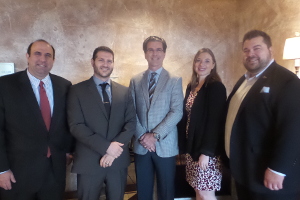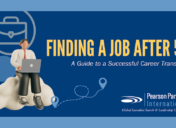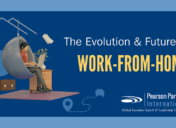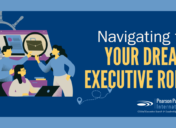Future Focus: Macro Trends and Their Global Impact

From Left: Stephen Konstans, Michael Vidikan, Keith Pearson, Jennifer Sanders, Lane Conner
Macro trends, largely driven by innovation in technology, are rapidly changing the landscape of our professional and personal lives. The way people interact with each other and the world is vastly different today than it was 10 years ago, and will likely be completely different a decade from now. Understanding technology and trends that are now in the pipeline equips businesses to ride the waves of change that will benefit them, and avoid jumping on those that won’t.
At our Spotlight SeriesSM breakfast on September 12, our panel of future-thinking executives discussed macro trends that business leaders need to understand today, because they will have a big impact tomorrow and beyond.
- Lane Conner, Founder and Chief Executive Officer, Fuzse
- Jennifer Sanders, Co-founder and Executive Director, Dallas Innovation Alliance
- Michael Vidikan, Founder and Chief Executive Officer, Future in Focus
Technologies and Trends that Shape the Future
By understanding what may be coming in the future, business leaders can better understand how to take their companies where they want them to go. Decisions about what technologies to adopt and what trends to pay attention to now will affect plans and business strategies 10 or 15 years ahead. Our panelists suggested several areas to watch for rapid change.
- Smart cities. Increased densification and population, coupled with aging infrastructure, is pushing cities to find ways to use resources more efficiently. Cities like Dallas are focusing on the intersection between technology, data and community initiatives to increase economic development and use resources more efficiently. The goal: to make cities more livable and improve quality of life. As infrastructure changes over time, businesses must adapt as well.
- Peer-to-peer currency transactions. The way people are transacting with each other is changing, and banks are being cut out of the picture. Technologies such as Square have enabled anyone to accept credit card payments, and PayPal’s Venmo and other “digital wallet” and point-of-sale technologies are shifting the way money changes hands and young people relate to commerce. Soon, retailers could use peer-to-peer processing technology to cut out costly credit card transactions and immediately accept direct payment, which will increase their profitability but force banks to find new income streams.
- Cybersecurity. More secure chip cards are becoming the new norm, but they still can’t thwart online predators. Automated transactions provide an opportunity for extra security. At the same time, the security of infrastructure, such as the electric grid, requires careful oversight as new technologies are added to our world.
- The Internet of Things. The number of “smart” objects that collect and share data will continue to grow, as the cost of the technologies comes down and their benefits increase. Analytics make sense of the incoming data, allowing better decisions at the institutional and corporate level and beyond. These smart sensor technologies can be integrated across industries to create more intelligent interactions between humans and the world.
- Medical and health innovation. Genetic engineering, disease research, regenerative medicine, 3-D organ printing, home medical tests and wearable monitors all have potential to help people live longer, healthier lives.
- As people become increasingly dependent on technology, the risks from hackers and identity thieves increases. People will continue to perform a risk/benefit calculation before adopting new technology–or even posting on social media–and often will decide whether the benefits outweigh the risks. Businesses must perform their own risk/benefit analysis of new technology, and must decide not only if they can do it, but if they should.
- Blockchain. The new evolution of internet infrastructure creates an indelible, decentralized record of every transaction, making it impossible to tamper with ledger data already recorded. This new technology makes it easier to verify and authenticate transactions, helping to prevent fraud.
- Artificial intelligence. Machine learning has high potential to help people improve automation, make better decisions, and effectively use resources. One key to widespread acceptance and use of AI is programming is “morality,” so that machines will always make decisions with human safety in mind.
Business leaders should be planning not just for who their customer is today, but who their customer will be in 5 or 10 years. If the customer will be younger or have different characteristics, the organization must change the way it does business, or it will be left behind by other companies that offer those future customers more of what they want.
It’s also important to be agile and open to change, but to act with intention. Rather than jumping directly into the next “new shiny thing,” businesses must first identify the problems they need to solve and areas they need to improve, then embrace the macro trends that help accomplish those goals.
Pearson Partners Spotlight SeriesSM Breakfast
Save the date for our next Spotlight SeriesSM breakfast scheduled for December 5. Look for details and invitations in August. Did you miss one of our Spotlight Series events? Check out summaries of past events.















